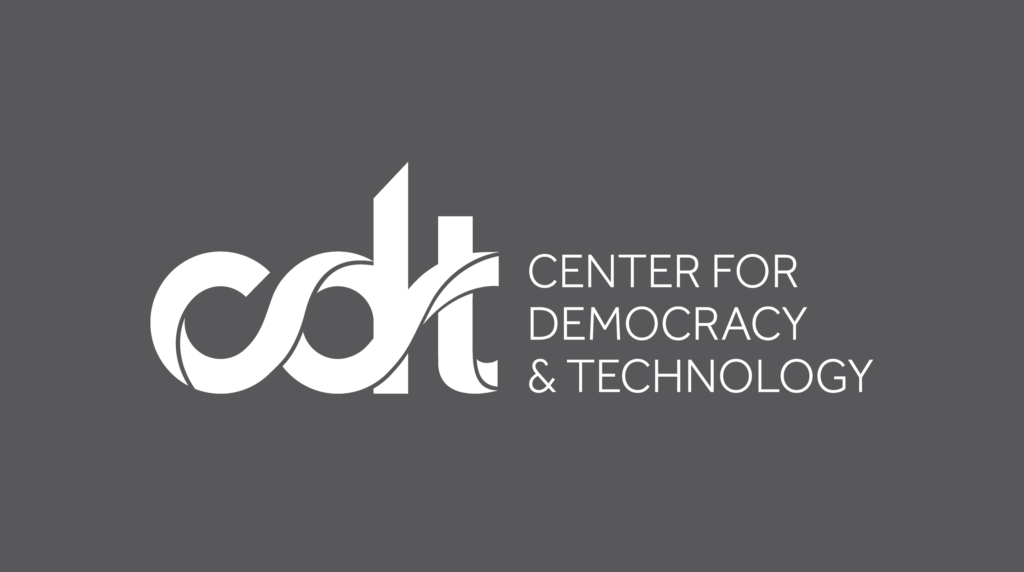Elections & Democracy, Free Expression
Booster Shots for Democracy
One year after the Jan 6 attack, here’s how we can treat the problem of election disinformation in the U.S.
The January 6 assault on the Capitol last year was the culmination of a months-long sustained assault on American democracy. In response to states dramatically increasing the number of voters who were able to vote by mail, then-President Trump spearheaded a campaign to undermine mail-in voting in 2020. His repeated claims that mail-in voting would lead to a rigged election—and his bogus arguments claiming that the election was in fact stolen—set the stage for his followers to attempt to interfere in the Congressional affirmation of Biden’s win.
Trump’s false claims of election fraud continue to have sway over the Republican party, with one recent poll showing that nearly three-quarters of Republicans don’t believe that President Biden’s win was legitimate.
But Trump did not spread disinformation in the lead up to January 6 by himself. The evidence clearly demonstrates that social media platforms were a key vector in the proliferation of false election claims. This week, a new ProPublica and Washington Post investigation explores the extent of Facebook group posts that attacked the legitimacy of the election and called for political violence.
The U.S. is not the only country whose democracy is infected with what the Aspen Institute has called information disorder. In a recent report, CDT explored the parallels between election disinformation in the U.S. and Brazil. In Brazil, President Bolsonaro, who is up for re-election in October, has cribbed from the same playbook, loudly promoting conspiracy theories about Brazil’s electoral system. In 2021, his attacks on the system included organizing a rally and an intimidating parade of military vehicles past Brazil’s Congress. Just as with then-President Trump in 2020, Bolsonaro’s disinformation campaign appears intended to build popular support for disputing an eventual electoral loss in the courts or in the streets. 2022 will feature potentially turbulent elections across the globe, including in France, India, Colombia, and the Philippines.
It will be a pivotal year for American democracy too. With Congress up for grabs in November, we can expect a great deal of heated rhetoric about how elections are being run. And, if the trend continues, we can also expect some losing candidates to attempt to discredit the system after the election. In addition, 26 states will be holding elections for secretary of state, the chief elections official. Secretary of state races have typically been sleepy affairs. But with the increased focus on elections, the races are attracting far more attention—and fundraising—than usual, as well as fields of candidates who have campaigned on false claims of election fraud.
Before the midterms take place, we should do all we can to mitigate the effects of the election disinformation pandemic in the U.S. There are no simple solutions, but there are promising avenues to overcoming the afflictions that ail our democracy. Think of them as booster shots for democracy:
| Affliction | Treatment |
|---|---|
| The viral spread of disinformation and calls for political violence. | Whole-of-society approaches that coordinate governments, civil society, traditional media, social media, and end users, such as the 2020 Election Integrity Partnership. Such efforts should extend beyond the end of an election period. Election officials putting out trusted information, educating voters, and pre-bunking false narratives. Social media companies can improve researcher access to social media data, enhancing our understanding of how disinformation spreads and can be stopped. |
| State laws that ease electoral subversion, making it easier for state and federal lawmakers to ignore the will of the people. | Federal legislation, such as the Freedom to Vote Act, restricting the ability to arbitrarily remove election administrators. Federal legislation clarifying the Electoral Count Act that governs the Electoral College counting process. |
| State laws that make it harder to vote, particularly for voters of color. | Federal legislation, such as the John Lewis Voting Rights Advancement Act, requiring federal approval for certain changes to voting laws and barring unjustified voting restrictions. |
| Threats to election officials, which have led to a wave of retirements. | State and federal action to provide enhanced security for election officials and workers. Increased funding for underpaid state and local election officials to increase retention in the face of threats. |
| Partisan post-election “audits” that undermine trust in democracy. | An audit certification scheme or a set of national standards to distinguish good post-election audits from bad ones—standardizing and improving post-election audits that build trust and helping the public identify sham audits. |
Over the last year, we’ve witnessed how sustained, false attacks on election systems lead not only to violence — but also to legal changes that can distort and subvert democracy. If we administer the treatment we need, we can try to make sure that January 6 was an isolated incident — rather than a harbinger of where our democracy is heading.


